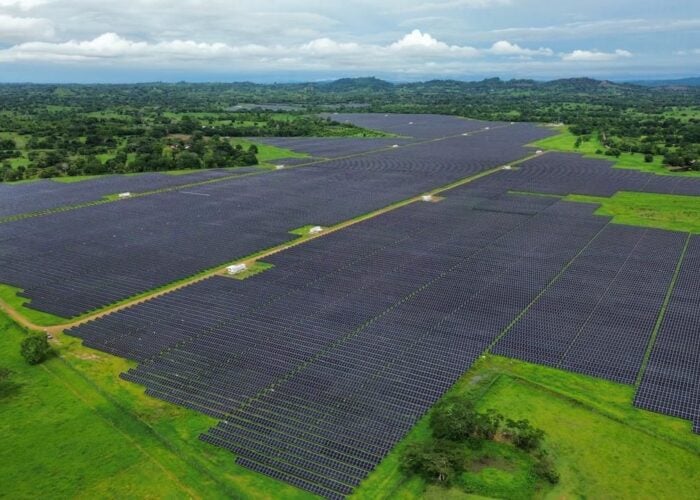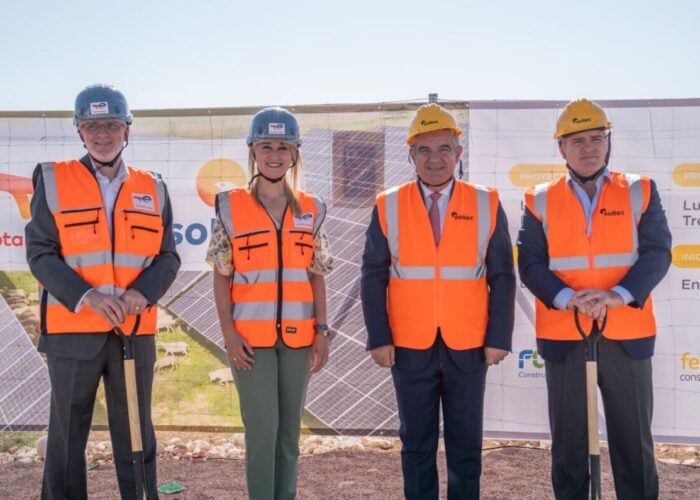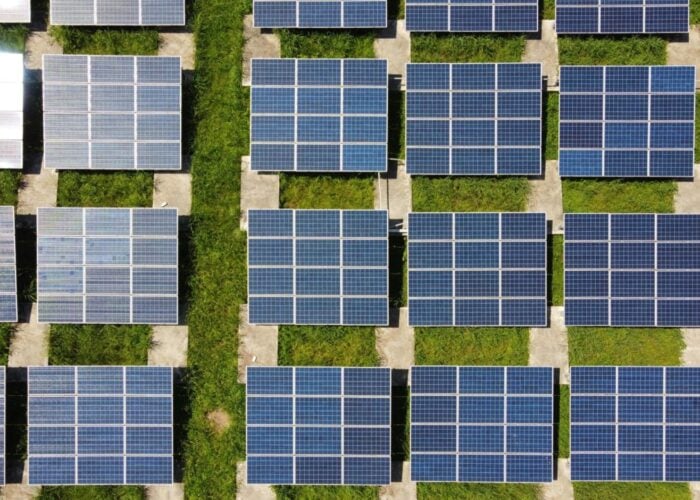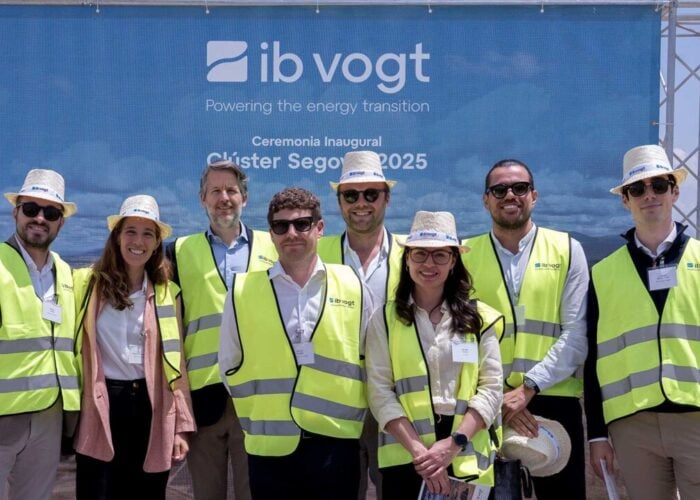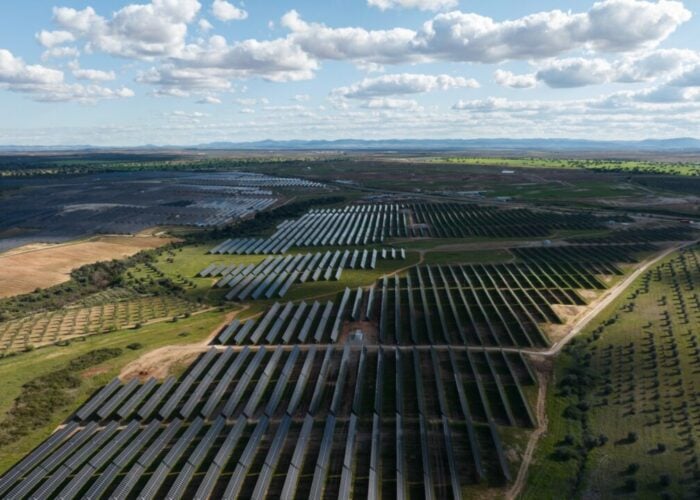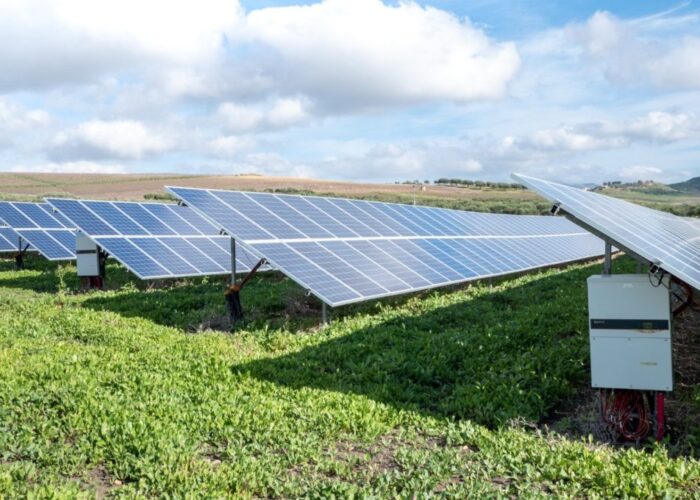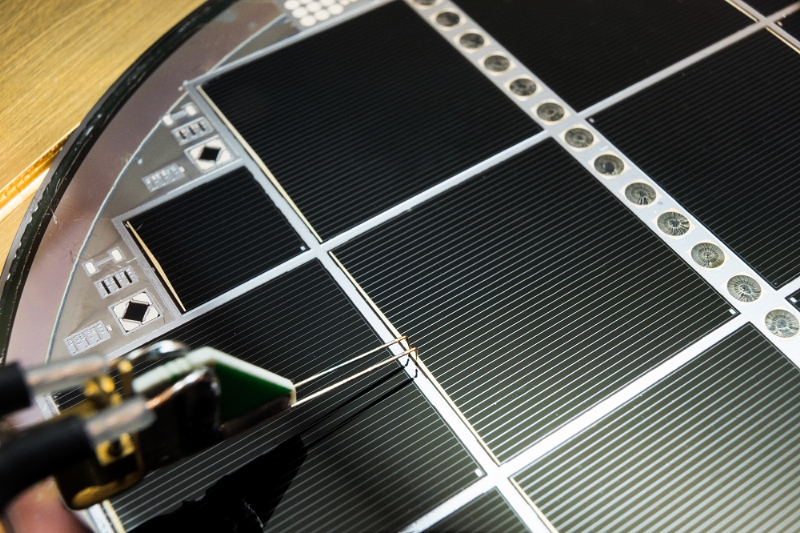
A new PV manufacturing start-up, Greenland, is collaborating with Fraunhofer ISE and Bosch Rexroth on a 5GW highly automated and integrated manufacturing facility in Spain.
The solar manufacturing centre is to be built and operated in the free trade zone of the port of Seville in Andalusia.
Unlock unlimited access for 12 whole months of distinctive global analysis
Photovoltaics International is now included.
- Regular insight and analysis of the industry’s biggest developments
- In-depth interviews with the industry’s leading figures
- Unlimited digital access to the PV Tech Power journal catalogue
- Unlimited digital access to the Photovoltaics International journal catalogue
- Access to more than 1,000 technical papers
- Discounts on Solar Media’s portfolio of events, in-person and virtual
Fraunhofer ISE said that it would be providing Greenland with advisory on factory planning, technical support as well as in the development of advanced cell technology, while Bosch Rexroth provided state-of-the-art, fully integrated, industry 4.0 production technology.
The ‘Greenland Gigawatt’ project has a timeline of two years, although no mention was made of the people or other companies behind Greenland, not least the financial backers and the estimated capital investment needed to initially build an integrated 5GW manufacturing plant in Europe from scratch.
Dr. Jochen Rentsch, head of department Production Technology: Surfaces and Interfaces at Fraunhofer ISE said, “We are delighted that Greenland has chosen us as their partner for selecting the starting technology. We will also support Greenland through the ramp-up and further technological development.”
Fraunhofer ISE noted that Greenland would initially use p-Type mono Passivated Emitter Rear Cell (PERC) technology.
Thomas Fechner, head of new business at Bosch Rexroth added, “We have partnered with Greenland Gigafactory and Fraunhofer ISE to create a highly innovative, fully flexible and completely networked solar cell production facility of the future to serve the promising European market.”
In 2019, German Mechanical Engineering Industry Association, VDMA, commissioned Fraunhofer ISE to study the competitiveness of the European PV manufacturing industry, suggesting that building the key components (wafer, cell, module) in-house with a scale of at least 5GW would compete competitively in the European market with Asia-based manufacturers.
However, it was also noted that success was not simply dependent on technical and scale-related aspects but would also require an EU-wide CO2 emissions pricing system for downstream markets to benefit European manufacturers considerably lower carbon footprint (as outlined in the study), compared to imports from Asia.
PV Tech’s sister technical journal, Photovoltaics International presented a white paper on the study from the parties involved in edition 43, entitled, “Competitiveness of a European PV manufacturing chain” in 2019.
“European research centers are developing some of the most advanced technologies in the world. These include tandem solar cells for top efficiency values which reduce both the required surface area and material consumption, as well as sustainable production technologies based on the principles of the circular economy and recycling,” added Prof. Andreas Bett, Fraunhofer ISE’s institute director.
“Funding of and investments into these key technologies at EU-level will help consolidate the leadership position of Europe in these key strategic technologies.”

